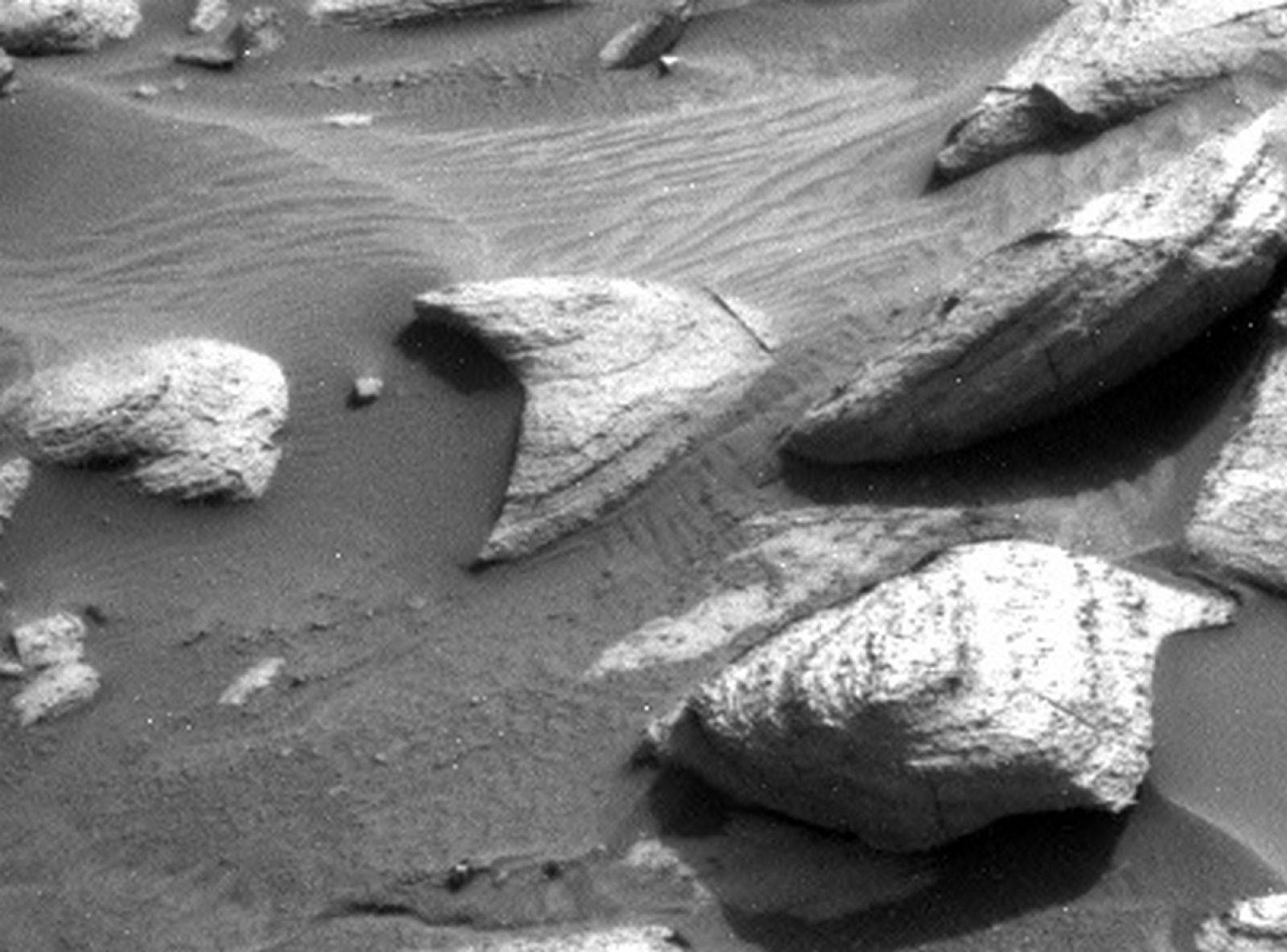Science Fiction Meets Reality: A Famous Star Trek Object Discovered on Mars
Follow us on Google News (click on ☆)

NASA's Curiosity rover captured a rock resembling a "combadge" from "Star Trek" on January 9, 2024.
Credit: NASA/JPL-Caltech
Since landing on the Red Planet on August 5, 2012, Curiosity has traversed vast distances, pursuing its primary objective: to search for conditions suitable for life on Mars. Currently, the rover is climbing Mount Sharp (or Aeolis Mons), a mountain whose geological layers hold the secrets of Martian history. Each layer revealed by Curiosity provides scientists with valuable information about the landscape's changes over time.
The photo, taken on January 9, 2024 (which is the 4062nd Martian day of the mission), shows a black rock formation that the rover was about to study. This discovery amused Scott Atkinson, an amateur astronomer, who shared the image joking about the likely excitement of "Star Trek" fans within the Curiosity team.
Besides these light-hearted moments, Curiosity's mission has significant scientific implications. The rover is studying the composition and texture of the dark streaks seen from orbit, using several instruments. The results of these analyses could provide additional clues about the past presence of water on Mars.

Patrick Stewart portrays Jean-Luc Picard, an iconic character from the Star Trek franchise. Video excerpt of the character wearing the famous combadge.
The success of Curiosity has paved the way for other missions, like that of the Perseverance rover, deployed in the Jezero Crater in 2020 to search for signs of ancient life. Meanwhile, NASA plans a Mars sample return mission, although technological and financial challenges may delay its scheduled realization by 2031.
This Starfleet badge-shaped rock, although anecdotal, reminds us of the intrigue and hopes surrounding the exploration of Mars. It symbolizes the connection between our collective imagination, fueled by science fiction narratives, and the concrete reality of scientific research in space.